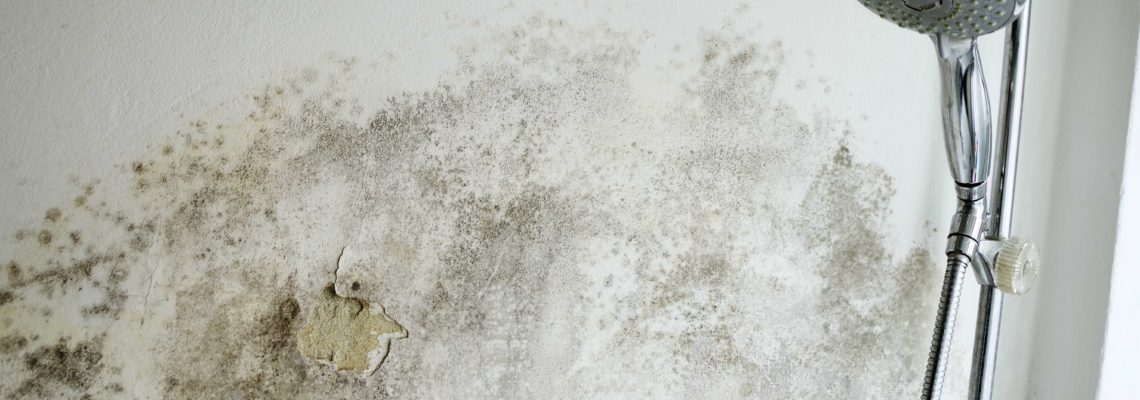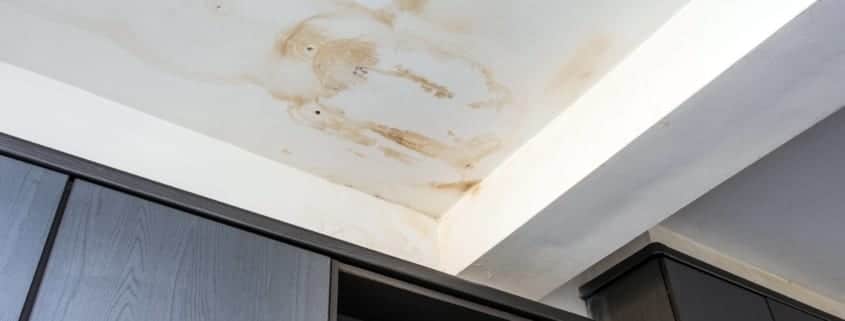Locating Stains from Water on Wall Surfaces - How to Repair Them Successfully
Locating Stains from Water on Wall Surfaces - How to Repair Them Successfully
Blog Article
This article following next pertaining to Water Stains on Walls is highly remarkable. You should see for yourself.

Water discolorations on walls are not enjoyable to the eyes. Your residence ought to lack discolorations on the walls, roofing, or floorings. That is the perfect state of a home and also its frameworks. Yet, occasionally it seems practically unpreventable to experience water stains on walls in homes.
Homeowners staying in moist areas regularly manage the worry of water stains on wall surfaces. However that doesn't have to be the case for you. With well-shaped and also exact information on the reasons for water spots as well as timely repair service procedures, you will certainly constantly be an action ahead of such incidents. So, this write-up assures to be a handy overview for you.
3 Typical Root Causes Of Water Spots on Walls
Contrary to common belief, water spots on walls do not always originate from bad building products. There are a number of reasons for water stains on wall surfaces. These consist of:
Damp
When warm damp air consults with dry chilly air, it triggers water droplets to base on the wall surfaces of buildings. This takes place in shower rooms and kitchens when there is vapor from cooking or showers. The water beads can stain the bordering walls in these parts of your home as well as spread to various other areas.
Wet or condensation affects the roofing and wall surfaces of structures. This triggers them to show up darker than other locations of the home. When the wall surface is wet, it creates an appropriate setting for the development of fungis as well as germs. These may have negative results on health, such as allergies and also respiratory conditions.
Poor Water drainage
When making a structure strategy, it is important to guarantee adequate water drainage. This will avoid water from leaking right into the walls. Where the water drainage system is blocked or missing, underground dampness develops. This web links to excessive dampness that you discover on the walls of your structure.
So, the leading source of damp walls, in this situation, can be a bad drain system. It can additionally be because of bad monitoring of sewer pipes that go through the structure.
Pipeline Leaks
The majority of residences have a network of water pipes within the walls. This ensures that the pipes are well away from the reach of destructive rodents. It always enhances the practicality of such pipes, as there is little oxygen within the walls. This dissuades rust.
Yet, a disadvantage to this is that water leak influences the wall surfaces of the structure and also causes widespread damage. A telltale sign of damaged pipelines is the appearance of a water discolor on the wall surface.
Pro Suggestion
A houseplant in your house additionally raises its humidity. If the home is currently damp, you might desire to present houseplants with minimal transpiration. An instance of ideal houseplants is succulents.
Water Discolorations on Wall: Repair Service Tips
Property owners would usually desire a quick fix when dealing with water spots. Yet, they would certainly soon understand this is detrimental as the water stains persist. Right here are a few helpful ideas that will direct you in the repair work of water discolorations on walls:
Verdict
No one wants to have water stains on walls in their home, it can occur to the finest of us. This post offers you utilize, as you currently understand exactly how to manage this incident if it does take place.
It is constantly best to hire specialist services to assist deal with the problems in your home.
Occasionally it seems nearly inevitable to experience water spots on wall surfaces in homes.
In contrast to popular belief, water stains on wall surfaces do not always stem from poor structure materials. There are a number of reasons of water spots on walls. The water droplets can tarnish the bordering wall surfaces in these components of your house and spread to various other areas.
Below are a couple of handy pointers that will guide you in the fixing of water stains on walls:
CHECKING FOR WATER DAMAGE
Water damage can be costly, and it may begin before you even notice the first signs of trouble. Water damage can cause mold and mildew in your walls and floors, which can create an abundance of health concerns for your family. It can also lead to costly repairs of various appliances and general home fixtures. To avoid the pricey consequences of water damage, here are Warner Service’s top 5 places you should check:
The walls – The easiest place to spot the beginnings of water damage is on the walls and ceilings of your home. If water damage is present, there will most likely be water stains, especially around the windows and doorframes, and/or cracks in the drywall. If a stain looks unusual (discolored to brown, black or gray, raised texture), has a swollen appearance or is soft to the touch, contact a professional immediately. The pipes – To avoid water damage, consistently check the pipes in your kitchen (especially the dishwasher and ice maker), bathrooms, laundry room (specifically washing machines) and basement for corrosion, leaks and water stains. Pay special attention to where the pipes connect in your home and the location of caulking around the bathroom fixtures, including toilets, sinks, showers and tubs. Missing or loose caulking and grout could be signs of leaking water. This seepage can also quickly cause mold and rust, so double check your water heater and tank for wet spots on the floor. The floor – Water damage is very easy to spot on the floor. Look for any warping or buckling of the material, especially in the basement. If your home has wood flooring, look for bright white or dark stains. If your home has carpeting, keep it dry and clean. A damp carpet that smells of mold could cause water damage and health problems. To avoid this, consider installing floor pans under your appliances to help prevent damages from small, slow and undetected leaks. The basement and attic – If your basement or attic smells odd check for mold and mildew around the area, especially the valley where the roof meets. While you are inspecting those areas, check for wall cracks, floor stains, rust and dampness in the insulation. If you live in a colder and/or rainier climate, perform routine checks for water damage from melting snow or ice and rain. The exterior – Check the roof for damaged flashing and missing, cracked or curled shingles. There should also be no standing water anywhere outside your home. This could be caused by puddles, leaky rain gutters or hoses, poor drainage, or short gutter spouts. Invest in a sump pump system or water flow monitoring system, and perform routine maintenance on these outdoor appliances to avoid indoor water damage.

As a devoted reader about How to Remove Water Stains from Walls and Ceilings, I was thinking sharing that article post was important. Sharing is good. Who knows, you might be helping someone out. Kudos for your time. Visit us again soon.
Problem? Dial now! Report this page